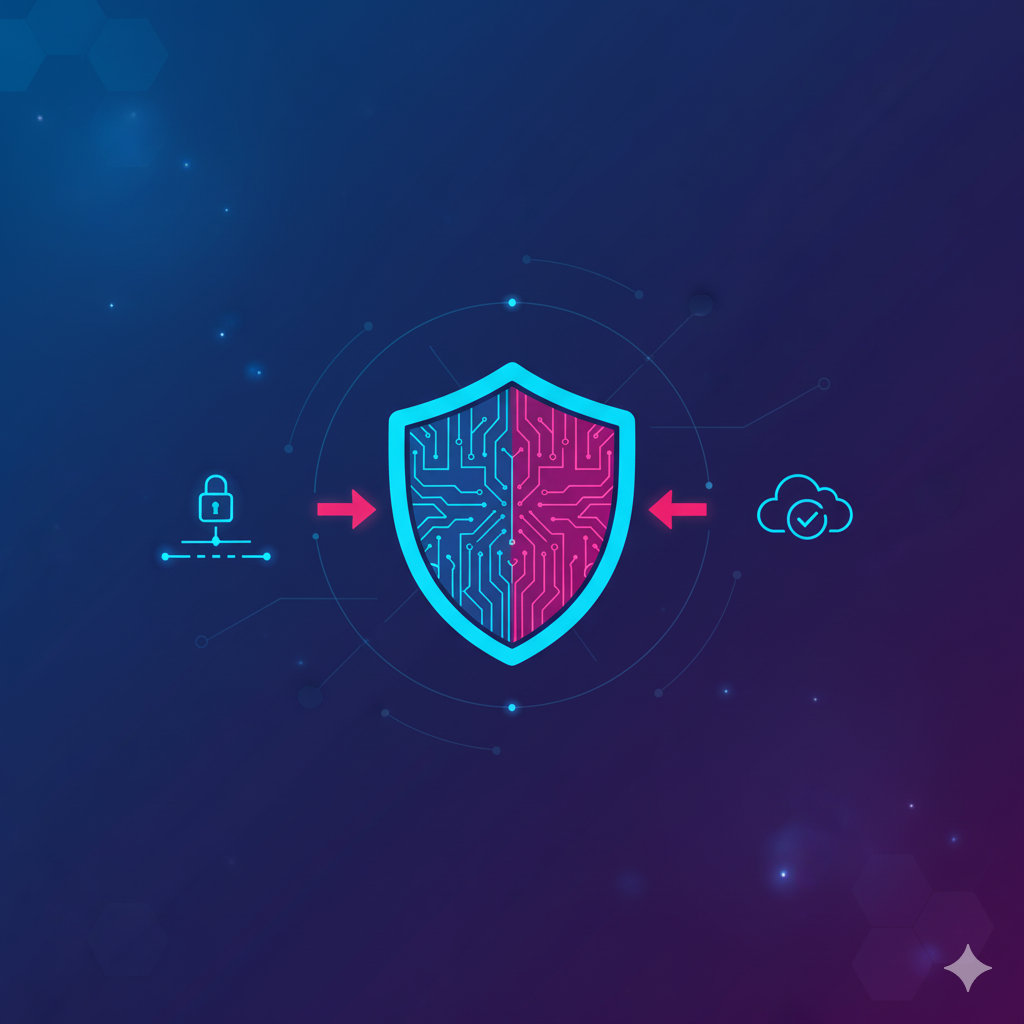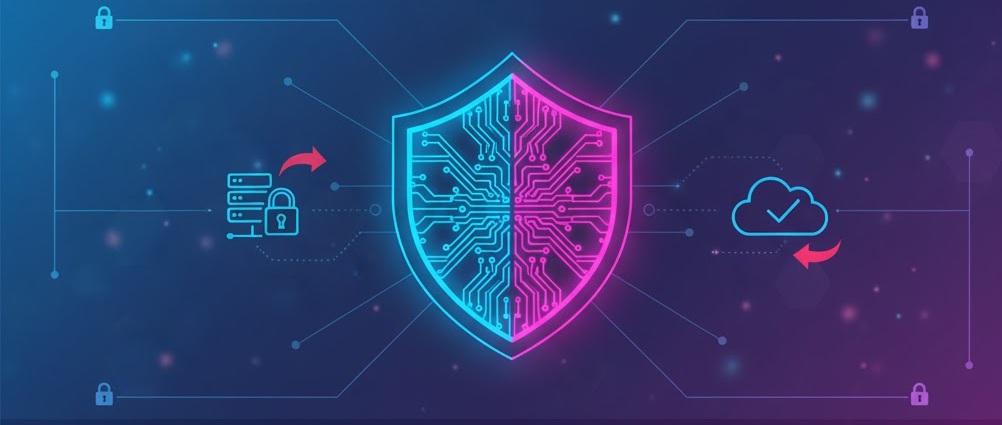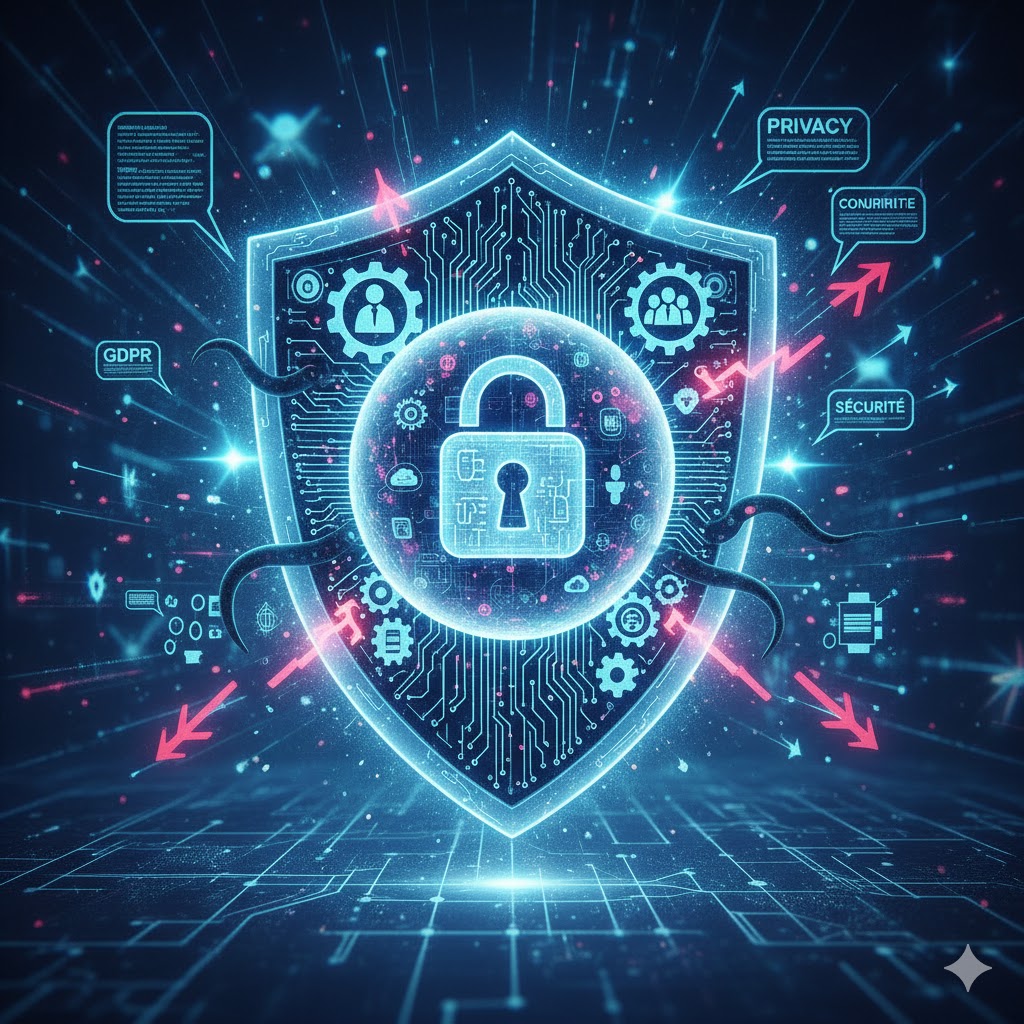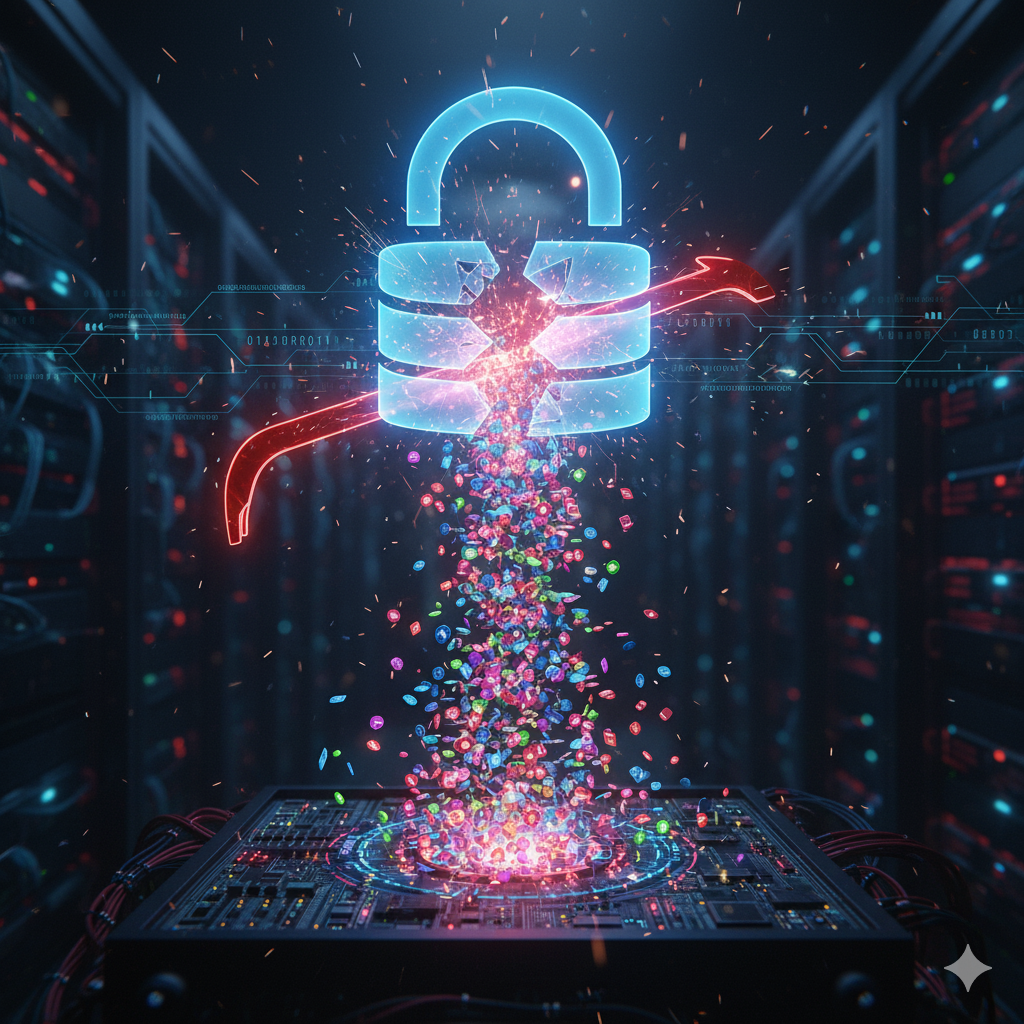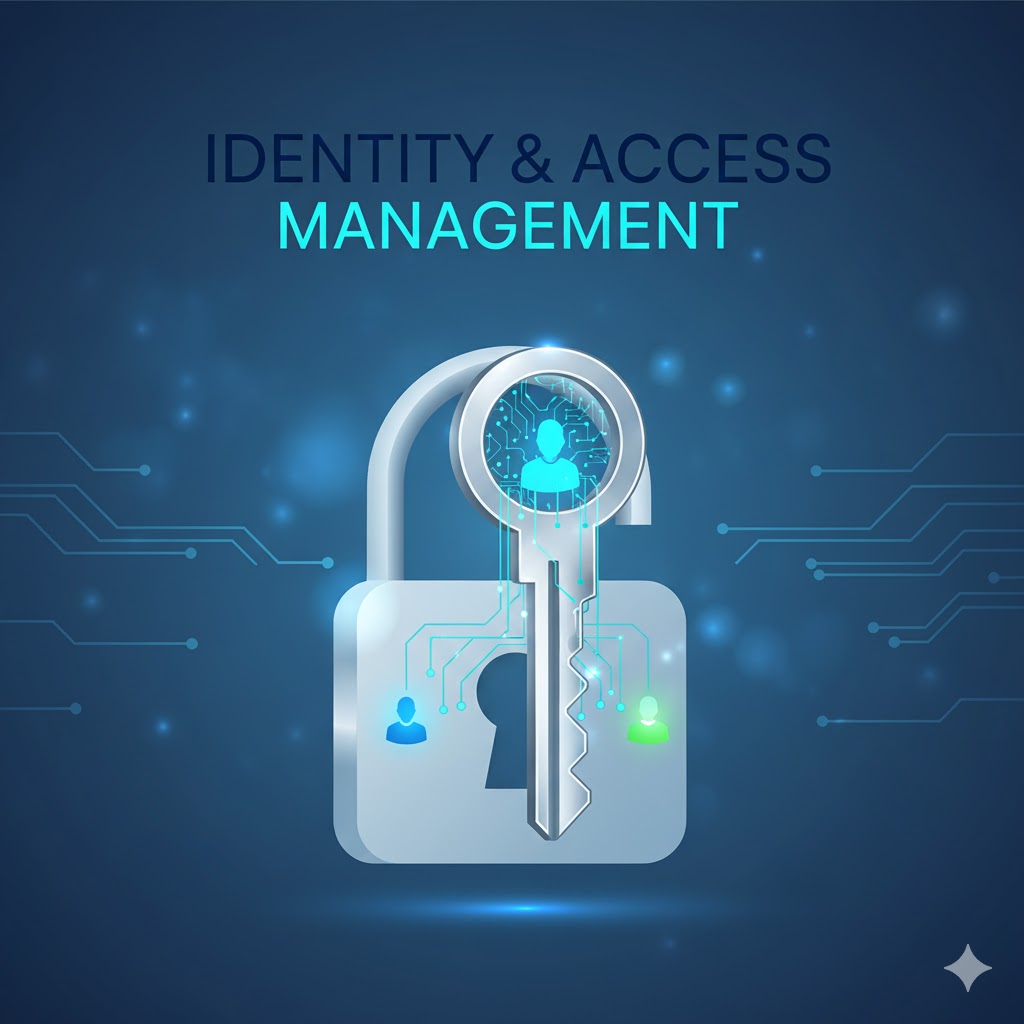In today’s digital landscape, data security is no longer just about encryption at rest or in transit. The newest frontier is data in use—information actively being processed by applications. This is where Confidential Computing steps in, revolutionizing how organizations safeguard sensitive data.
What Is Confidential Computing?
Confidential Computing uses Trusted Execution Environments (TEEs)—secure, hardware-based enclaves that isolate data and code during processing. Even system administrators or cloud providers cannot access what happens inside these enclaves.
Key features include:
- Hardware-Protected Isolation: Sensitive workloads run in a secure enclave, shielded from operating systems and hypervisors.
- Memory Encryption: Data remains encrypted in memory and is only decrypted inside the enclave.
- Remote Attestation: Verifies the integrity of the environment before execution, ensuring trust.
Why It Matters in 2025
- Cloud Adoption: Major providers like Google Cloud and Microsoft Azure now offer confidential VMs and Kubernetes nodes, enabling secure workloads without code changes.
- AI Security: With AI models handling regulated data in healthcare and finance, confidential computing ensures privacy during training and inference.
- Compliance: Meets stringent standards like GDPR, HIPAA, and PCI-DSS, making it ideal for regulated industries.
Emerging Trends
- GPU Integration: TEEs are expanding beyond CPUs to GPUs and NPUs, securing AI computations.
- Federated Learning: Enables organizations to collaborate on machine learning without exposing raw data.
- Performance Gains: New-generation confidential VMs deliver near-native performance, removing previous adoption barriers.
